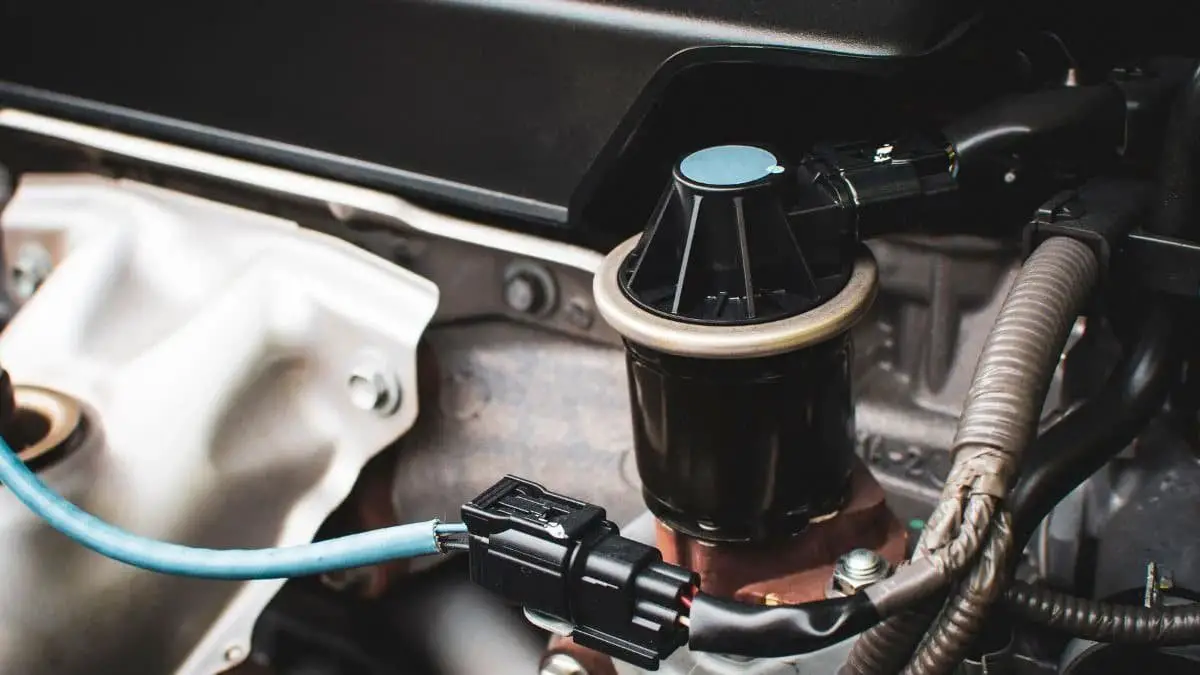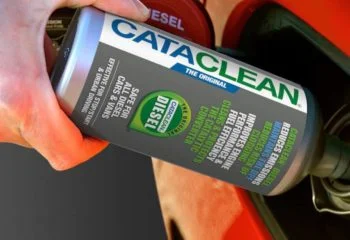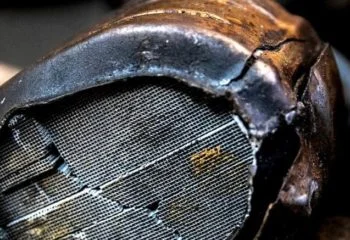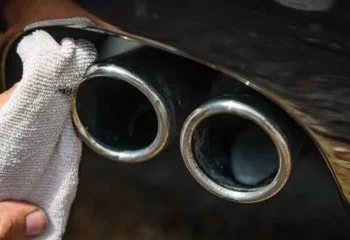When it comes to your vehicle, you want to do everything you can to keep it running in top condition. One of the ways you can do this is by regularly cleaning and servicing your engine.
If you’re not familiar with the term egr delete, don’t worry, you’re not alone.
EGR delete is a process that removes the exhaust gas recirculation (egr) valve from your car. Without this valve, your engine will run cooler and produce more power.
While this might seem like an unnecessary modification, there are several benefits to egr delete that make it worth considering.
In this post, we’ll explain what egr delete is, what benefits it can offer you and how to us a egr delete kit. We’ll also cover some of the potential risks associated with this modification so you can make an informed decision before deciding whether or not to delete your egr valve.
What's in this post?
What is EGR?
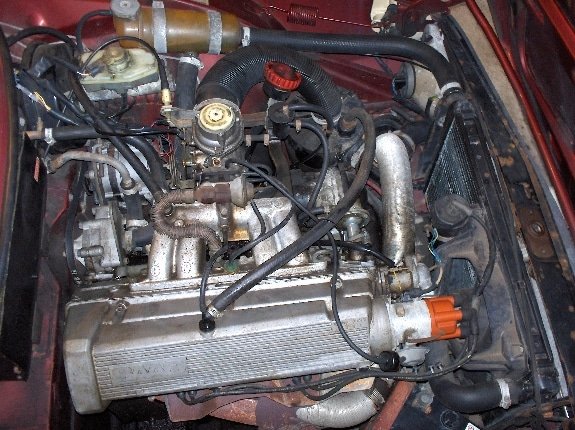
EGR, or exhaust gas recirculation, is a pollution control device found in many modern gasoline and diesel engines.
The purpose of EGR is to reduce emissions of nitrogen oxides (NOx), a leading cause of air pollution.
NOx emissions are created when the oxygen and nitrogen in engine exhaust gases combine at high temperatures.
By redirecting a portion of the exhaust gases back into the engine cylinders, EGR lowers the temperature of the exhaust gases, preventing the formation of NOx.
In addition to reducing air pollution, EGR can also improve fuel economy and engine performance. As a result, EGR has become an essential component of many modern cars and trucks.
What is an EGR delete and what does it do?
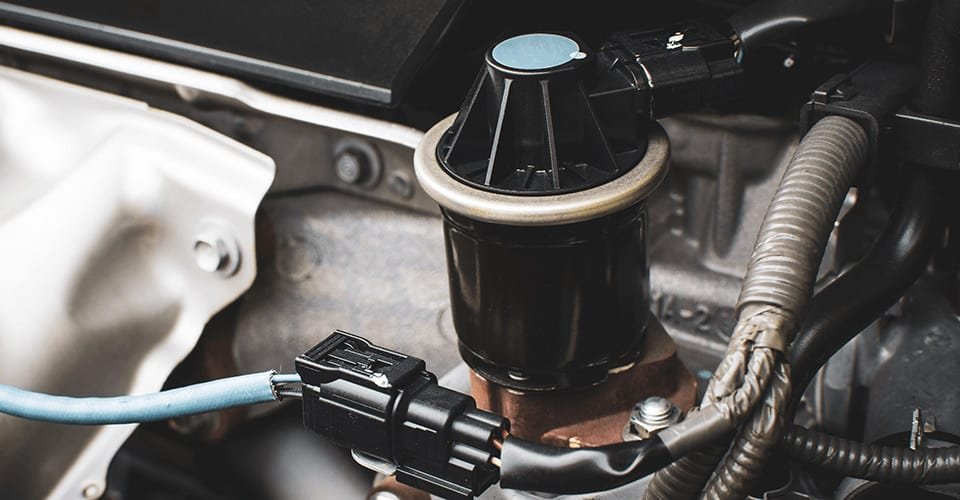
An EGR delete is a modification to a vehicle’s EGR system. The EGR system recirculates a portion of an engine’s exhaust gas back into the intake in order to reduce emissions.
However, the EGR can also cause a build-up of soot and carbon deposits on the valves and pistons, leading to increased wear and tear.
An EGR delete removes the EGR system entirely, or replaces it with a dummy unit that does not recirculate any exhaust gas.
This can improve engine performance and fuel economy, but it can also lead to higher emissions levels. As such, an EGR delete is typically only legal in countries with less stringent emissions regulations.
Pros of an EGR delete
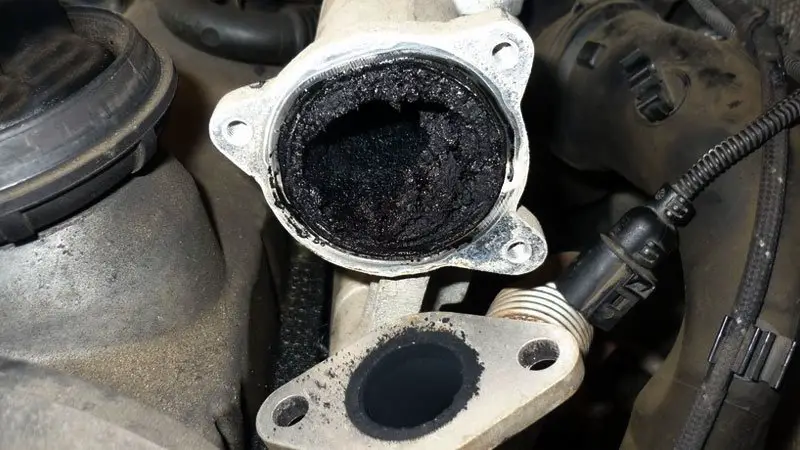
There are several potential benefits to an EGR delete, including:
Improved engine performance
While the EGR system is designed to reduce emissions, it can also lead to a build-up of carbon deposits in the engine.
This can restrict airflow and lead to reduced engine performance. An EGR delete can help to prevent this build-up and improve airflow, resulting in improved engine performance.
In addition, an EGR delete can also lead to a small increase in horsepower and torque. If you’re looking for better engine performance, an EGR delete may be the answer.
Improved fuel economy
An EGR delete kit helps to improve fuel economy by allowing the exhaust gas to exit the engine cleanly.
As a result, the engine doesn’t have to work as hard to push the exhaust out, which improves efficiency and saves fuel.
Reduced engine wear and tear
The EGR system can also cause increased wear and tear on the engine. The recirculated exhaust gases can contain soot and other particles that can build up on the valves and pistons.
Over time, this build-up can lead to increased friction and wear, resulting in decreased engine life. An EGR delete can help to prevent this build-up and extend the life of your engine.
Lower engine temperature
The EGR system is designed to recirculate exhaust gases back into the engine, which can lead to clogging and higher engine temperatures.
By removing this system, engine temperatures can be lowered significantly, improving overall performance.
Improve throttle response
The EGR system can cause a delay in throttle response, especially at low speeds. An EGR delete can eliminate this problem, resulting in improved throttle response.
This is especially beneficial for truckers who need to make quick decisions while on the road.
Cons of an egr delete
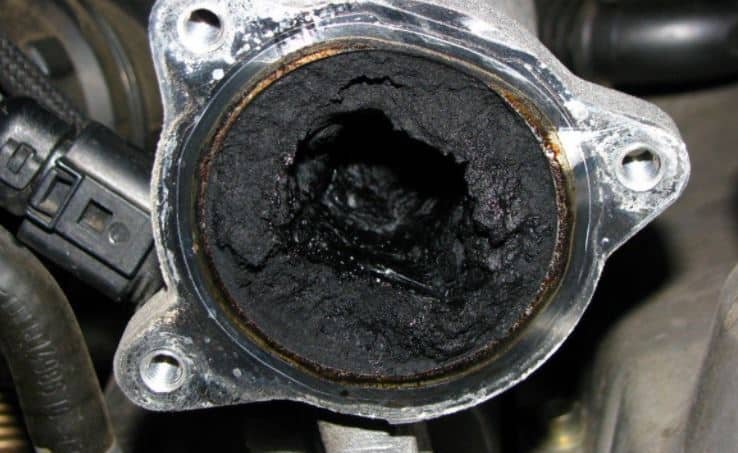
While there are several potential benefits to an EGR delete, there are also some potential drawbacks, including:
Increased emissions
An EGR delete can lead to increased emissions, as the engine will no longer be recirculating exhaust gases.
This can be a problem in countries with strict emissions regulations, as it may cause your vehicle to fail an emissions test.
Before you perform an EGR delete, make sure to check your local laws and regulations to ensure that it is legal in your area.
Increased exhaust gas temperature
One potential con of an EGR delete is that it can lead to increased exhaust gas temperatures (EGT).
This is because the EGR system helps to cool the engine by recirculating some of the exhaust gas back through the intake.
Without this system, the exhaust gas will be hotter, which can lead to increased wear and tear on the engine.
If you’re considering an EGR delete, make sure to take this into consideration. You may want to consider installing an aftermarket cooling system to help keep your engine cool.
In addition, many tuners offer software updates that help to offset the increased EGTs by recalibrating the engine management system.
Hard to idle
An EGR delete kit helps your car run better by getting rid of the EGR system. However, it doesn’t fix everything. If the system gets stuck in an open position, then you’ll have trouble with your car.
It may have difficulty starting, idling, and staying engaged. If you notice these problems, the EGR delete kit is not the solution.
Check engine light
An EGR delete can also trigger a check engine light. The main reason an EGR delete will cause a check engine light is because it is altering the way the car’s computer is intended to operate.
When the EGR valve is working properly, it recirculates some of the exhaust gases back into the intake manifold. This helps to lower the overall temperature of the combustion chamber and reduce emissions.
However, when an EGR delete kit is installed, it prevents these gases from being recirculated. As a result, the car’s computer may interpret this as a problem and trigger a check engine light.
In most cases, this can be remedied by simply installing a tuner that will adjust the car’s computer settings to account for the EGR delete.
However, if the check engine light remains on after installing a tuner, it may indicate a more serious problem that will require further diagnosis.
Not solve all egr problems
An egr delete does not guarantee that all egr-related issues will be solved. In fact, in some cases, it may actually lead to new problems, such as egr cooler failure, check engine light.
If you are having egr-related problems, it is best to consult with a mechanic to find the root cause of the problem to solve it.
Legal issues
EGR delete is illegal in 50 states. In the United States, for example, the Clean Air Act prohibits any modification to a vehicle’s emissions control system that results in an increase in emissions.
As such, an EGR delete is typically only legal in countries with less stringent emissions regulations. You can be fine or have to pay a hefty penalty if you get caught with an EGR delete in the United States.
However, egr delete kit is allowed to install in off-road truck.
Before you perform an EGR delete, make sure to check your local laws and regulations to ensure that it is legal in your area.
Voids warranty
Another drawback of an EGR delete is that it can void your vehicle’s warranty. Because an EGR delete alters the emissions control system, it may void the emission control systems warranty.
In addition, if your vehicle is still under warranty, the dealership may refuse to perform any repairs that are required as a result of the EGR delete.
Requires a tuning kit
In order to properly install an EGR delete, you will need a tuning kit. The tuning kit allows you to adjust the computer settings to account for the fact that the EGR system is no longer in place.
If you do not have a tuning kit, the engine may run improperly, and you may experience increased emissions, reduced fuel economy, and other problems.
As such, it is important to make sure that you have a tuning kit before you attempt to install an EGR delete.
Cost to delete egr
The cost to delete the egr system from your vehicle will vary depending on the year, make, and model of your car. Many newer vehicles have electronic egr systems that are more expensive to remove than older, mechanical ones.
The average cost to delete an egr system ranges from $200 to $1200, include labor costs.
However, if you are experienced with car repairs, you may be able to do it yourself for a fraction of the cost.
Before proceeding, check your local emissions laws to ensure that removing the egr system is legal in your state or province.
What is an EGR delete kit and Should I get one?
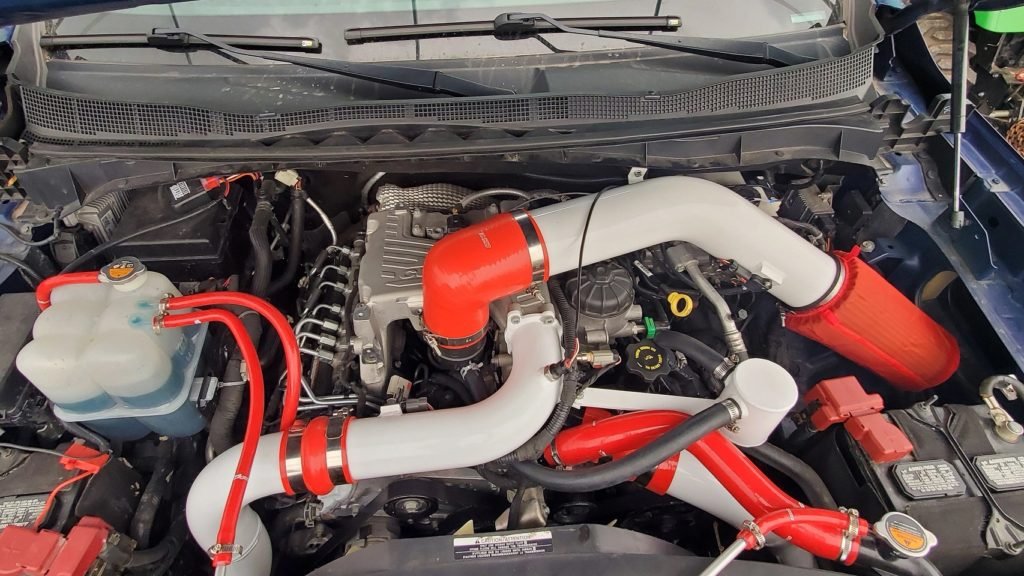
An EGR delete kit is a collection of parts that are used to remove the EGR system from a vehicle.
The kit will typically include an EGR block-off plate, which prevents exhaust gases from recirculating back into the engine, and a tuner, which adjusts the car’s computer settings to account for the EGR delete.
In some cases, an EGR delete kit may also include an exhaust gas temperature (EGT) sensor, which helps to monitor the exhaust gas temperature.
Whether or not you should get an EGR delete kit depends on your individual circumstances. If you are having problems with your EGR system, such as carbon build-up or leaks, then an EGR delete may be the best option.
However, if you are not experiencing any problems with your EGR system, then it is probably not necessary to get an EGR delete kit.
In addition, keep in mind that an EGR delete is typically only legal in countries with less stringent emissions regulations. You can be fined or have your vehicle confiscated if you are caught with an EGR delete in the United States.
Before proceeding, check your local laws and regulations to ensure that an EGR delete is legal in your area.
How to do an egr delete on your own car
If you are experienced with car repairs, you may be able to do an EGR delete on your own car.
The first step is to purchase an EGR delete kit. The kit should include an EGR block-off plate and a tuner.
Next, locate the EGR system on your car. The exact location will vary depending on the year, make, and model of your vehicle.
Once you have located the EGR system, disconnect the hoses and sensors that are attached to it.
Then, remove the EGR valve from its mount and install the block-off plate in its place.
Finally, use the tuner to adjust the computer settings to account for the fact that the EGR system is no longer in place.
If you do not have a tuning kit, the engine may run improperly, and you may experience increased emissions, reduced fuel economy, and other problems.
As such, it is important to make sure that you have a tuning kit before you attempt to install an EGR delete.
Alternative: egr delete vs egr cooler
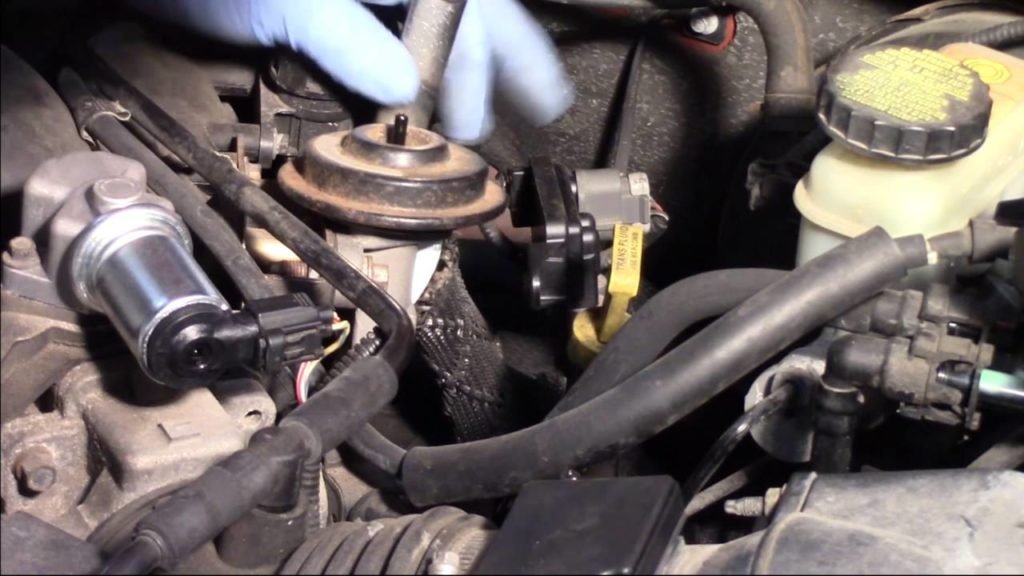
The exhaust gas recirculation (EGR) system is a technology used to reduce the amount of harmful emissions produced by a vehicle’s engine. This system recycles a portion of the engine’s exhaust gas and reintroduces it back into the cylinders.
EGR systems reduce (NOx) emissions by lowering the combustion chamber temperature.
EGR delete kits are aftermarket parts that block the EGR system, preventing exhaust gases from being recirculated.
While an EGR delete kit can improve engine performance and efficiency, there are also potential cons. For example, without the EGR system, engines can overheat, potentially causing damage. In addition, EGR delete kits may not be street-legal in some areas.
An EGR cooler is a device used to cool exhaust gases before they are recirculated back to the engine cylinders. By cooling the gases, the EGR cooler reduces NOx emissions while also preventing engine overheating.
While an EGR cooler offers many benefits, it can be more expensive than an EGR delete kit. In addition, in some cases, an EGR cooler may require additional modifications to be made to the vehicle’s exhaust system.
However, if the EGR cooler fails, it can cause a number of problems. Deleting the EGR will not solve all of these problems, and it is important to find the root cause of the failure in order to avoid further issues
The most likely cause of an EGR cooler failure is a buildup of soot and carbon deposits in the cooler. These deposits can block the flow of coolant, causing the engine to overheat. Cleaning the EGR cooler and replacing the coolant may resolve the issue.
If the problem persists, however, it is best to replace the EGR cooler with a new one. Doing so will ensure that your engine runs properly and that your vehicle meets emission standards.
FAQs
Does EGR delete make more smoke?
No, an EGR delete will not make your car smoke more. In fact, it may actually reduce the amount of smoke that your car produces.
The EGR system sends some of the exhaust gas back into the engine. This makes the engine burn the exhaust gas with the fresh air/fuel mixture. This makes it so there are less harmful gases called NOx emissions.
However, the EGR system can also cause problems, such as buildup of soot and carbon deposits on the valves and piston rings. This can lead to increased engine wear and tear, and may eventually cause your car to produce more smoke.
An EGR delete will remove the EGR system from your car, which means that there is less chance of soot and carbon buildup. As a result, an EGR delete may actually help to reduce the amount of smoke that your car produces.
Does EGR delete need tune?
In most cases, yes. An EGR delete will require a tune in order to adjust the computer settings to account for the fact that the EGR system is no longer in place.
What happens if you bypass EGR valve?
If you bypass the EGR valve, exhaust gases will not be recirculated back to the engine cylinders. This can lead to engine overheating and damage. In addition, bypassing the EGR valve may cause your car to fail emissions tests.
As such, it is important to make sure that an EGR delete is legal in your area before you attempt to do one on your own car.
Does EGR delete affect DPF?
The short answer is no, an EGR delete will not affect the DPF. The DPF filters out particulates from the exhaust, so the EGR system is not needed in order to prevent the DPF from becoming clogged.
In fact, in many cases, removing the EGR system can actually improve DPF performance by reducing back pressure and providing better airflow through the exhaust system.
Does EGR delete increase mpg?
Yes, in most cases an EGR delete will increase fuel economy. However, there are also potential downsides to an EGR delete, such as engine damage and increased emissions.
As such, it is important to weigh the pros and cons before you decide to do an EGR delete on your own car.
Is it bad to drive without an EGR?
Yes, it is bad to drive without an EGR. The EGR system is designed to help reduce emissions and improve fuel efficiency.
Without the EGR system, engines can overheat, potentially causing damage. In addition, EGR delete kits may not be street legal in some areas.
If you’re thinking of removing your vehicle’s EGR system, it’s important to weigh the pros and cons carefully. While you may see a slight increase in power and fuel economy, you could also be putting your engine at risk.
Does an EGR delete Make your car louder?
Yes. This is because exhaust gases are no longer being recirculated back into the engine when you have an EGR delete. This means that there is less muffling of the sound, and the car will be louder as a result.
What is an EGR delete pipe?
An EGR delete pipe is a pipe that replaces the stock EGR system in a vehicle. This helps to reduce emissions, but it can also cause engine deposits and decreased performance.
An EGR delete pipe eliminates the recirculation of exhaust gases, improving engine performance and preventing deposits.
Does EGR effect turbo?
The EGR system can affect turbocharger performance. In some cases, the EGR cooler can cause a buildup of soot and carbon deposits, which can block the flow of coolant and cause the engine to overheat.
If the problem persists, it is best to replace the EGR cooler with a new one.
How much HP does an EGR delete add?
An EGR delete is a popular modification for many cars, as it can lead to an increase in power. While the exact amount of HP gained varies depending on the car, an EGR delete can add up to 10 HP.
Can you do an EGR delete without a DPF Delete?
Yes, you can do an EGR delete without a DPF delete. However, it is not recommended. The EGR system helps to reduce emissions by recirculating exhaust gas back into the engine.
This gas contains soot and other pollutants that can contribute to fouling the DPF. Without the EGR system, these pollutants will build up sooner and will need to be cleaned out more frequently.
The DPF delete will also prevent the build-up of these pollutants, but it will also disable the engine’s ability to self-clean. As a result, it is not recommended to do an EGR delete without a DPF delete.
What are the symptoms of a bad EGR cooler?
The most common symptom of a bad EGR cooler is engine overheating. This can happen because the cooler is not able to properly cool the exhaust gases before they are recirculated, causing the engine to overheat.
Other symptoms of a bad EGR cooler can include reduced fuel economy, increased emissions, and engine damage.
In severe cases, an EGR cooler failure can even lead to engine failure. Therefore, it is important to be aware of the symptoms of a bad EGR cooler so that you can get it repaired as soon as possible.
Does EGR delete cause black smoke?
There are a few schools of thought on this one. Some say that an EGR delete will cause black smoke because there is nothing to catch the soot before it enters the combustion chamber.
However, others argue that an EGR delete actually prevents black smoke because it eliminates the build-up of soot in the intake manifold.
Ultimately, it is hard to say for sure whether an EGR delete will cause black smoke. However, if you are seeing black smoke coming from your exhaust, it is definitely worth investigating to see if an EGR delete is the cause.
EGR delete vs PDF delete?
There are a few different ways that you can improve the performance of your car’s engine, and two of the most popular options are an EGR delete and a PDF delete.
Both of these options have their own pros and cons, so it’s important to understand the difference before making a decision. An EGR delete involves removing the car’s egr system.
This can improve airflow and reduce the risk of engine knock, but it also means that your car will produce more greenhouse gases.
A PDF delete, on the other hand, removes the car’s particulate filter. This can help to improve engine performance, but it also increases the amount of soot and other pollutants that your car emits.
As a result, it’s important to weigh the pros and cons of each option before making a decision.
How long does an EGR valve last?
Most EGR valves are designed to last the lifetime of the car. However, there are a few factors that can cause an EGR valve to fail prematurely.
The most common cause of failure is deposits build-up on the valve. These deposits can come from oil, coolant, or even exhaust gases.
If these deposits build up too much, they can eventually cause the valve to stick open or closed, which can lead to engine damage.
Therefore, it is important to have your EGR valve cleaned regularly to prevent this problem. Additionally, if you notice any symptoms of a bad EGR valve, such as engine misfires or decreased fuel economy, it is important to get it checked out as soon as possible.
How long does an EGR cooler last?
EGR coolers are designed to last the lifetime of the car. However, there are a few factors that can cause an EGR cooler to fail prematurely.
The most common cause of failure is deposits build-up on the cooler. These deposits can come from oil, coolant, or even exhaust gases.
If these deposits build up too much, they can eventually cause the cooler to fail. Additionally, if the Cooler is not properly maintained, it can become clogged with soot and other pollutants, which can also lead to failure.
Therefore, it is important to have your EGR cooler cleaned regularly to prevent this problem. Additionally, if you notice any symptoms of a bad EGR cooler, such as engine overheating or reduced fuel economy, it is important to get it checked out as soon as possible.
To sum up
If you’re looking for an edge in the diesel performance market, then an egr delete may be a good option for you.
It can provide improved engine performance and fuel economy as well as increased reliability.
However, there are some potential drawbacks to consider before making your decision such as it’s illegal in 50 states, so do your research before taking the plunge.
Considering all of the information we’ve provided, is egr delete right for you?

